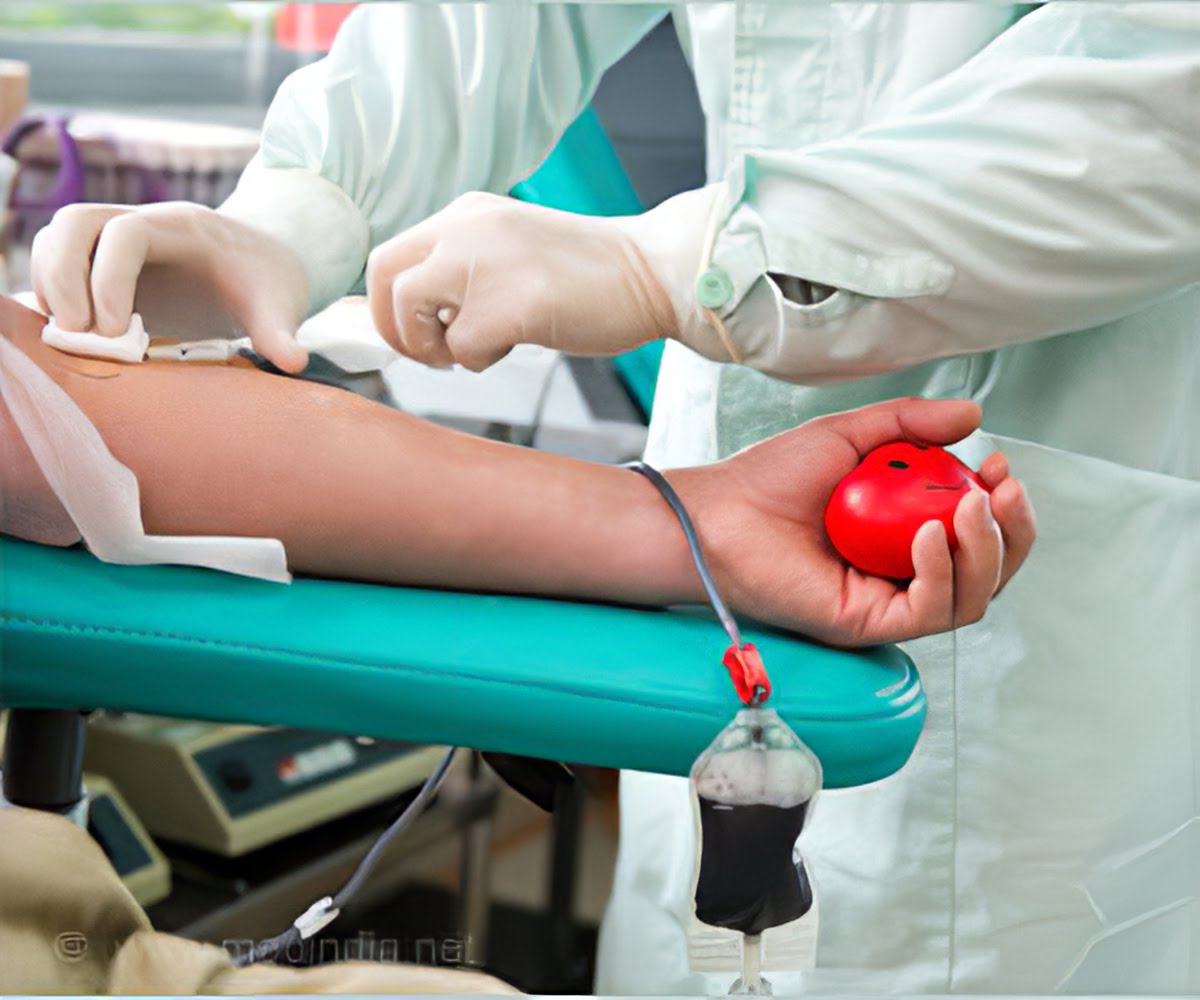Heart ailments continue to be one of the primary causes for death in developed and developing countries alike. According to the Million Death Study project, around 2.1 million deaths occurred in India, in 2015 due to Heart diseases. According to the study, ‘The Changing Patterns of Cardiovascular Diseases and Their Risk Factors in the States of India’, the number of deaths due to cardiovascular diseases in India increased from 1.3 million in 1990 to 2.8 million in 2016.
In recent years, advances made in the field of pathology have made it easier to detect cardiovascular diseases through various blood tests conducted on the patient. These tests detect bio-chemical compounds that are not present normally, or they measure such compounds when present above particular levels are indicators of a disease.
These tests can be divided into
- Tests to detect/rule out Heart attacks
- Tests to detect/rule out Heart failure
- Tests to detect/rule out Future cardiac risk
Tests to detect/rule out Heart attacks
- Creatine Kinase (CK), Creatine Kinase-MB (CKMB) and Myoglobin: CK, CKMB and Myoglobin are proteins that are present or released into the blood after a heart attack. However, some muscles of the body also contain these proteins, so their presence in blood can be indicative of a problem in these muscles. Hence this test is conducted along with other tests.
- Cardiac Troponin I or T: Cardiac Troponin (CT) is a substance that is found only in the blood. High levels of CT in the blood are symbolic of recent heart damage or the risk of heart attacks.
- Ischemia Modified Albumin (IMA): Patients who display warning signs or symptoms of heart attack (ischemia) are also tested for IMA. The modifications happening in the albumin can indicate when the ischemia has occurred.
Tests to detect/rule out Heart Failure
- Natriuretic Peptides: An intense shortness of breath is generally seen as a sign of heart failure. However, it can also be indicative of pulmonary or lung ailments. To differentiate between the 2, this test is conducted. There are 2 types of this substance- Brain-type Natriuretic peptide or BNP and N-terminal pro-Brain Natriuretic peptide or NT-pro BNP. Both these substances tend to be high in the blood of people with heart damage, congestive heart failure, or a recent development of angina or a recent heart-attack.
Tests to detect/rule out Future cardiac risk
- Cholesterol: Cholesterol in the human blood is made of various components such as Low density Lipoprotein (LDL) or bad cholesterol, high density Lipoprotein (HDL) or good cholesterol, Trigylcerides and non-HDL Cholesterol. The quantities of these substances can indicate the risk of atherosclerosis (hardening of arteries) or other heart complaints.
- C-reactive protein (CRP): CRP is produced by the liver in response to injury or infection that causes inflammation. Since atherosclerosis also causes inflammation, CRP can be used to assess the risk of heart disease when used in conjunction with other tests.
- Lipoprotein A (LpA): LpA is one of the types of LDL cholesterol whose quantity in your blood is determined by genetic factors more than lifestyle. So if your family has a history of sudden death or heart disease at a young age, a doctor may recommend this test for you even if your cholesterol levels appear normal otherwise.
- Lipoprotein Associated Phospholipase A2: Lp-PLA2, as this substance is called for short, creates oxidized molecules in the walls of arteries. This in turn can lead to atherosclerosis or deposition of plaque in the arteries as well as irritability of the plaque. The test, called as PLAQ test is used to assess the risk of plaque formation.
- Plasma Ceramides: Normally, plasma ceramides are associated with the growth, function and natural death of various tissues in the body. However, when there is metabolic dysfunction in the body or conditions such as dyslipidemia or inflammation, there is an abnormal build-up of plasma ceramides within tissues and blood plasma. This is used to assess the risk of atherosclerosis or any major cardiovascular event in the coming years.
- Insulin: Insulin is produced by the pancreas in order to regulate blood sugar levels. However, when insulin levels in the blood go up, it’s indicative of the risk of various ailments including heart and blood vessel disease.
- Trimethylamine N-oxide (TMAO): TMAO is created by bacteria found in the human intestine and is found in anybody who consumes animal protein such as meat, eggs and dairy, regularly. However, an elevated level of TMAO in the blood is indicative of the risk of atherosclerosis, heart attack and heart disease.
- MyeloPerOxidase (MPO): MPO is indicative of inflammation, in general. However, an elevated level of MPO in the blood is indicative of the risk of heart attack and heart disease.





